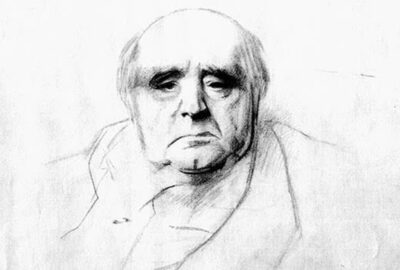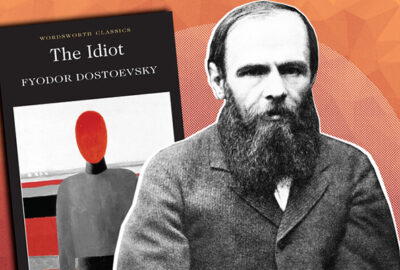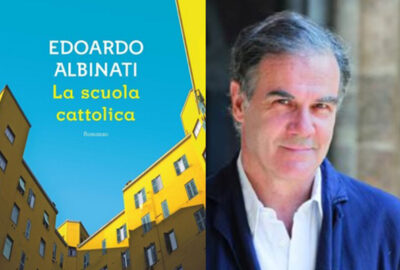“The Bridge on the Drina” is a novel by Yugoslav writer Ivo Andrić, awarded the Nobel Prize in Literature in 1961. Set in the small Bosnian town of Višegrad, the story spans over four centuries, chronicling the lives of the town’s inhabitants, with the Mehmed Paša Sokolović Bridge, a real historical structure, as its central motif.
The novel begins with the bridge’s construction in the 16th century, ordered by the Grand Vizier Mehmed Paša Sokolović, himself a native of the area. The story then unfolds across generations, reflecting the region’s tumultuous history. The bridge, both a symbol and a witness, stands through the rise and fall of empires, wars, and cultural shifts. It serves as a meeting point for the diverse ethnic and religious communities of the town, including Muslims, Christians, and Jews.
Through vivid characters and events, Andrić explores the impact of historical forces on individual lives. The bridge sees moments of violence, like the impalement of Radisav, a young Christian rebel, and moments of deep human connection, as seen in the love story of Milan and Lotte. The novel also delves into the impact of World War I, with the bridge witnessing the Austro-Hungarian Empire’s collapse and the beginning of the Yugoslav era.
“The Bridge on the Drina” is celebrated for its historical depth, narrative richness, and its exploration of themes like the passage of time, the persistence of memory, and the interplay of different cultures. It’s a poignant reflection on the permanence of structures amidst the flux of human lives and historical change.





